
Pet peeves
You buy premium dog food. You take your dog on daily walks. You offer up the most delicious treats imaginable. What could you be doing wrong? A lot, according to your dog. “As much as we hate it, dogs are just not human,” says Leslie Brown, DVM, a veterinarian based in Marietta, Georgia. “They’re devoted, so they’ll tolerate a lot of human weirdness, but they have very different needs physically and emotionally.” Not sure what your dog loves or hates? Read on for the rundown, and then find out if your dog is happy.
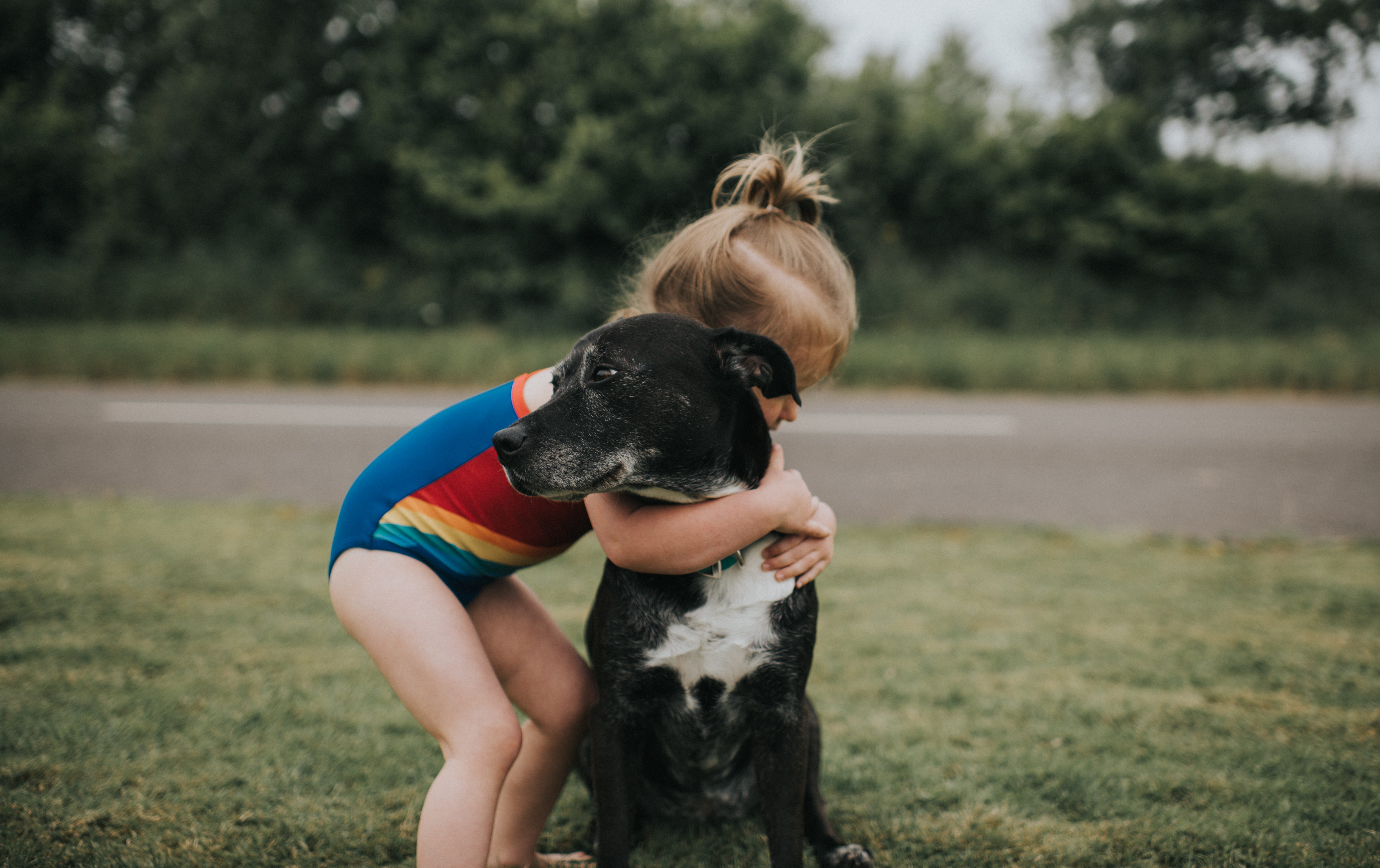
Hugging
Have you ever wondered why your dog freezes when you go all-in for a big hug? According to Dr. Brown, the answer is simple. “Most dogs just hate to be hugged,” she says. “It can produce a lot of anxiety in some dogs.” If you just can’t stop hugging your pup—or you have a child who loves to give doggy hugs—Dr. Brown suggests approaching from the side, at your dog’s level, and letting her come to you. “Offer contact, not constraint,” she advises. “If your dog leans into you, she’s OK with it. If she struggles, let her go.” Does your dog love to lean on you? Here’s what she might be trying to let you know.
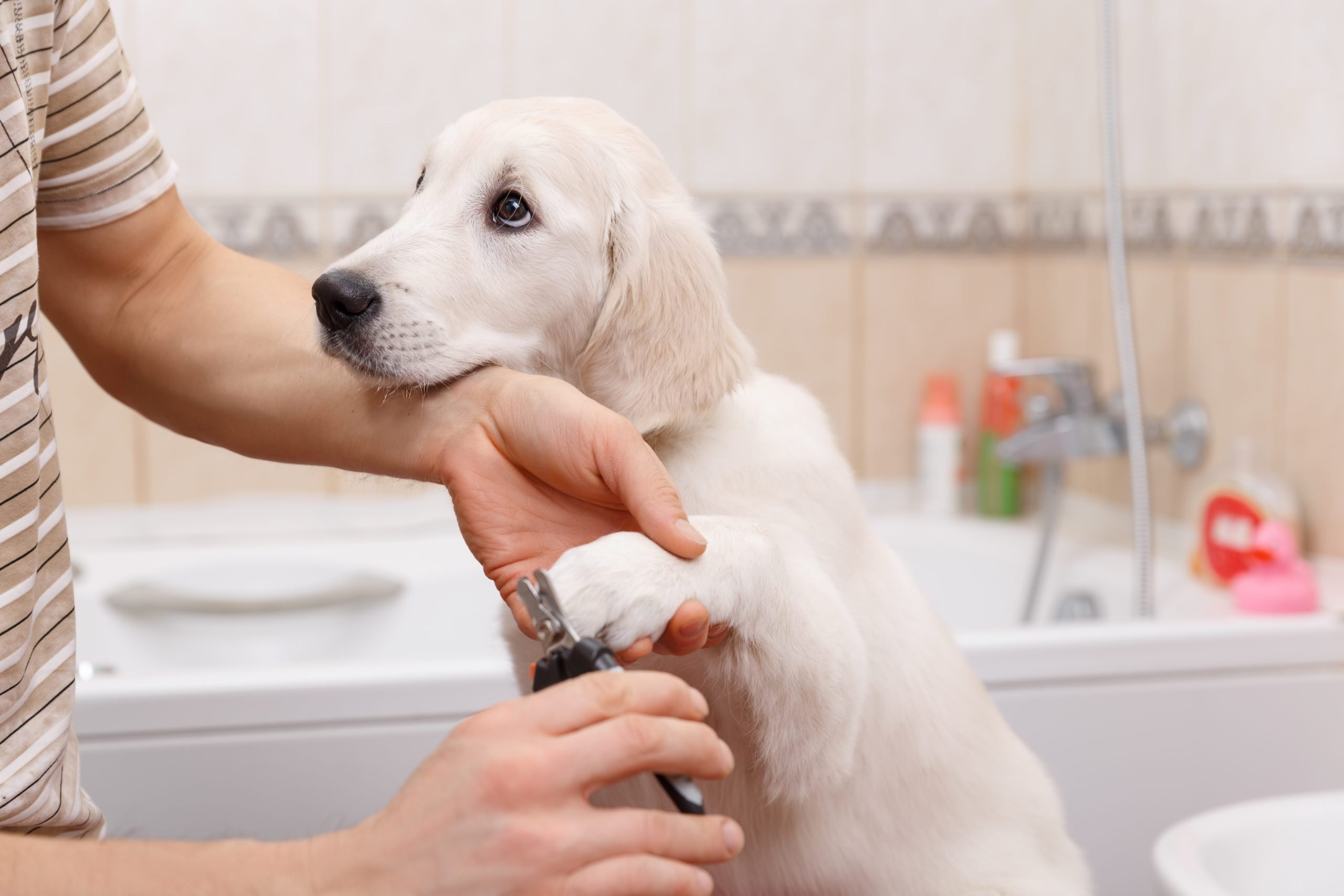
Avoiding nail clipping
Does your dog run when she sees you heading her way with the nail clippers? She’s not alone. “Dogs can’t stand getting their nails clipped, their ears checked, and their mouths examined,” says Nori Warren, DVM, a veterinarian at Four Paws Animal Clinic in Columbia, South Carolina. “But you’ve just got to do it. Overgrown nails can be painful, and checking your dog’s ears regularly could catch an ear infection before it gets out of control.” To make the process of nail cutting less stressful for everyone, Dr. Warren suggests gently handling your dog’s paws, ears, and teeth on a regular basis, offering treats to make it a positive experience. Next, practice the proper technique with a vet or groomer before trying it yourself, and invest in one of these dog nail clippers.
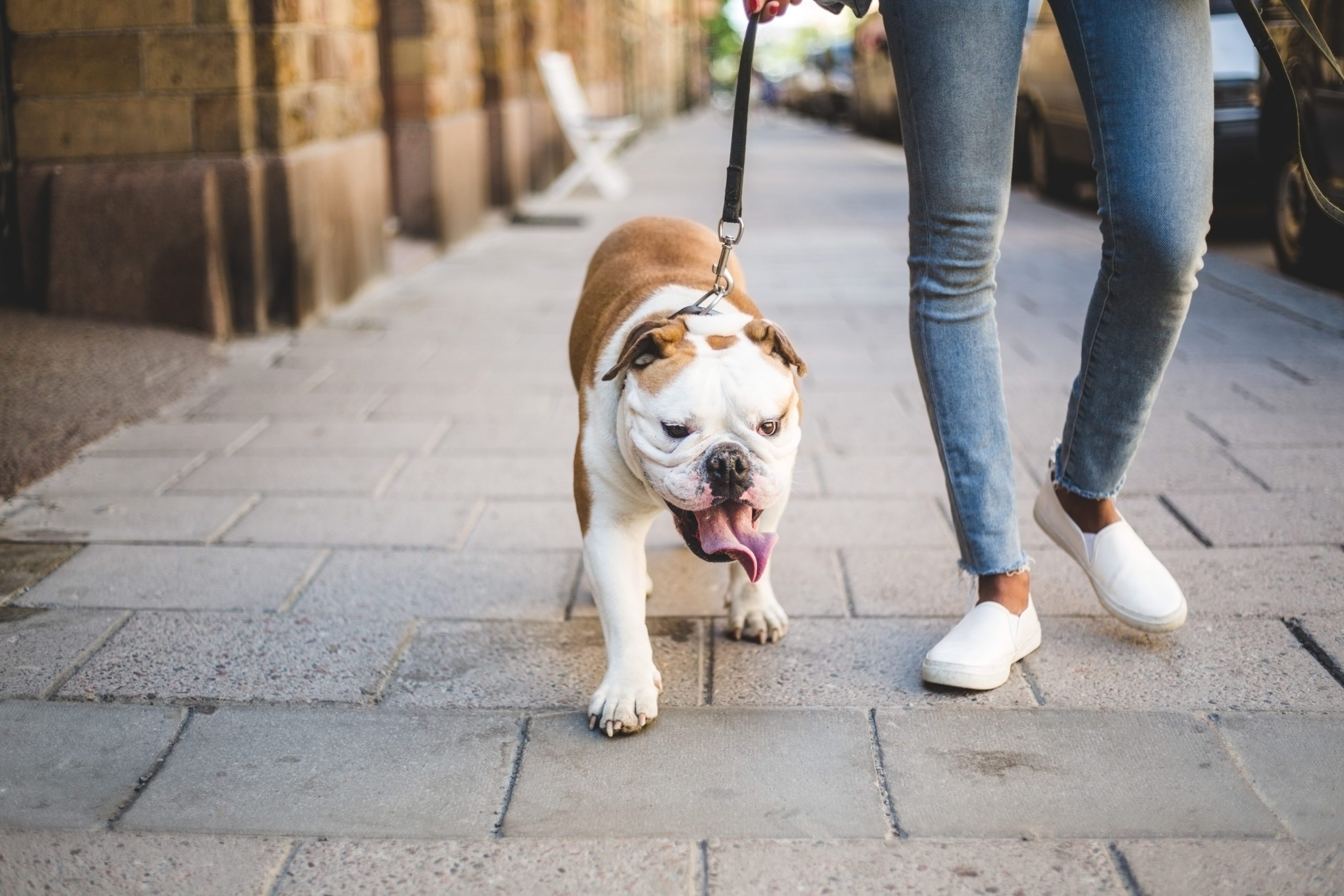
Going for walks when it’s really hot
If it’s been a long time since you stepped barefoot across a sidewalk or driveway on a hot day, you might want to give it a try the next time you consider taking your dog for an afternoon stroll in the middle of the summer. That’s because if it’s too hot for your feet, it’s too hot for your dog’s paws, notes Falls Village Veterinary Hospital. And burned pads aren’t the only way the heat can harm your dog—heat stroke is a real danger, as well. “Dogs cool themselves by panting, but it’s really not efficient, particularly in hot, humid weather,” explains Gary Yarnell, DVM, a veterinarian with Rye Harrison Veterinary Hospital in Rye, New York. “Moving your walks and runs to early morning or late afternoon will allow your dog to safely exercise all year long.” Worried you might not be giving your pup enough outside time? Learn how much exercise dogs really need.
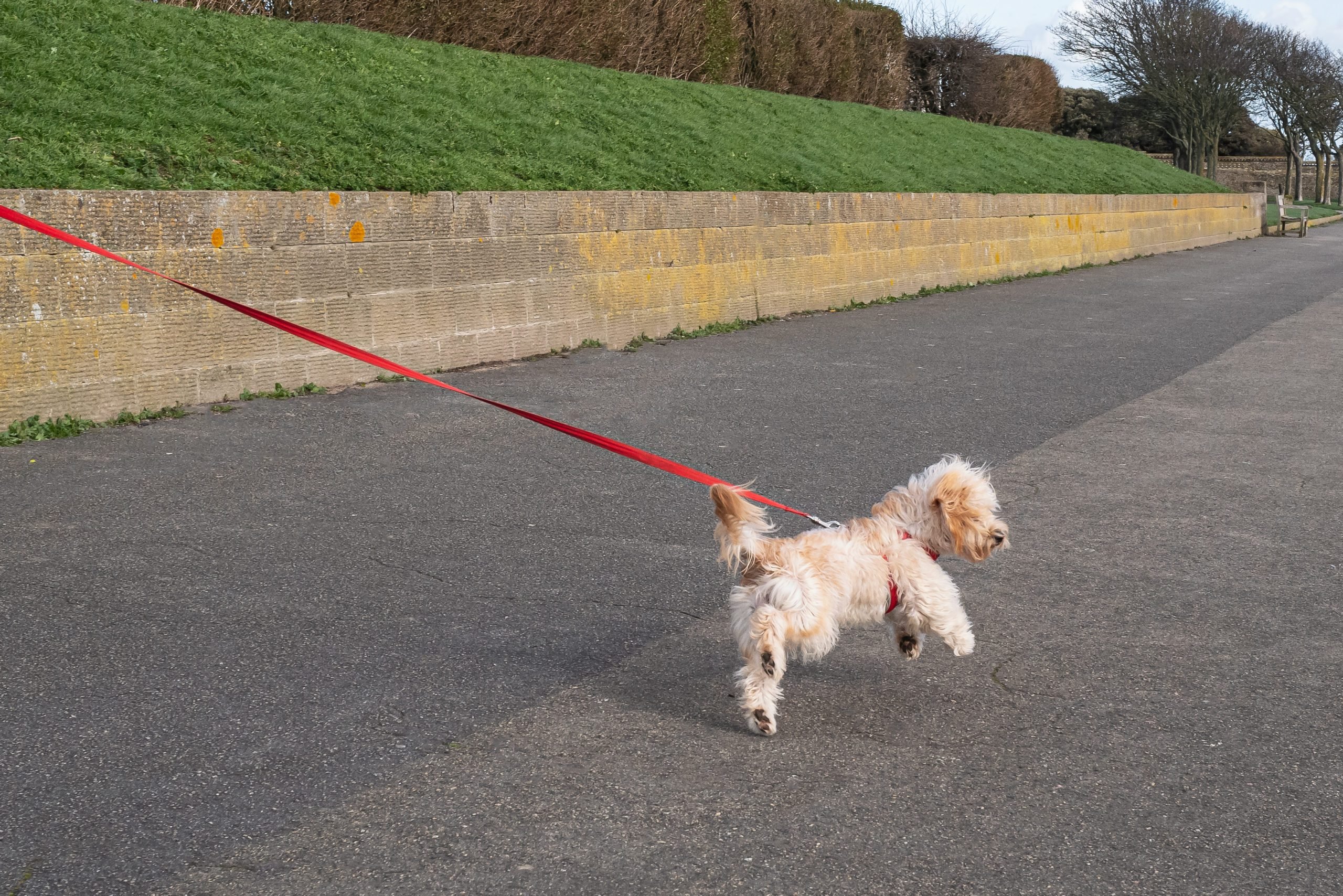
Allowing leash pulling
Some dogs, it seems, are so intent on getting where they want to go that they can completely ignore the human at the other end of the leash. Beyond being dangerous to you and your dog, it’s annoying. It also isn’t necessary. “When your dog pulls on the leash, it means she’s paying attention to something other than you,” says Fred Zorn, a New Jersey-based dog trainer and creator of the kids’ video dog-training series Pipe Cleaner Pups. “Your goal is to teach the dog to want to stay with you. That way, the leash goes from being a means of control to a way to communicate.” If nothing seems to be working, try using a headcollar, like this Gentle Leader. Beyond letting your puppy pull on the leash, don’t make these puppy training mistakes you’ll regret later.

Not setting boundaries
Just as you wouldn’t allow your toddler to roam free in your home, you need to set boundaries for your dog, as well. “Boundaries keep your dog safe,” says Melony Phillips, a certified professional dog trainer and the owner of Delightful Dog in Marietta, Georgia. “Let your dog drag a six-foot-long leash around the house; when she strays into an area you don’t want her to go, step on the leash. When she stops to look back at you, offer a reward and redirect her,” she explains. “Just don’t tug on the leash—it’s for teaching, not controlling. When you’re not around, set her up for success by blocking access to areas where she’s not allowed.” Need more advice? Check out these additional training secrets from professional dog trainers.
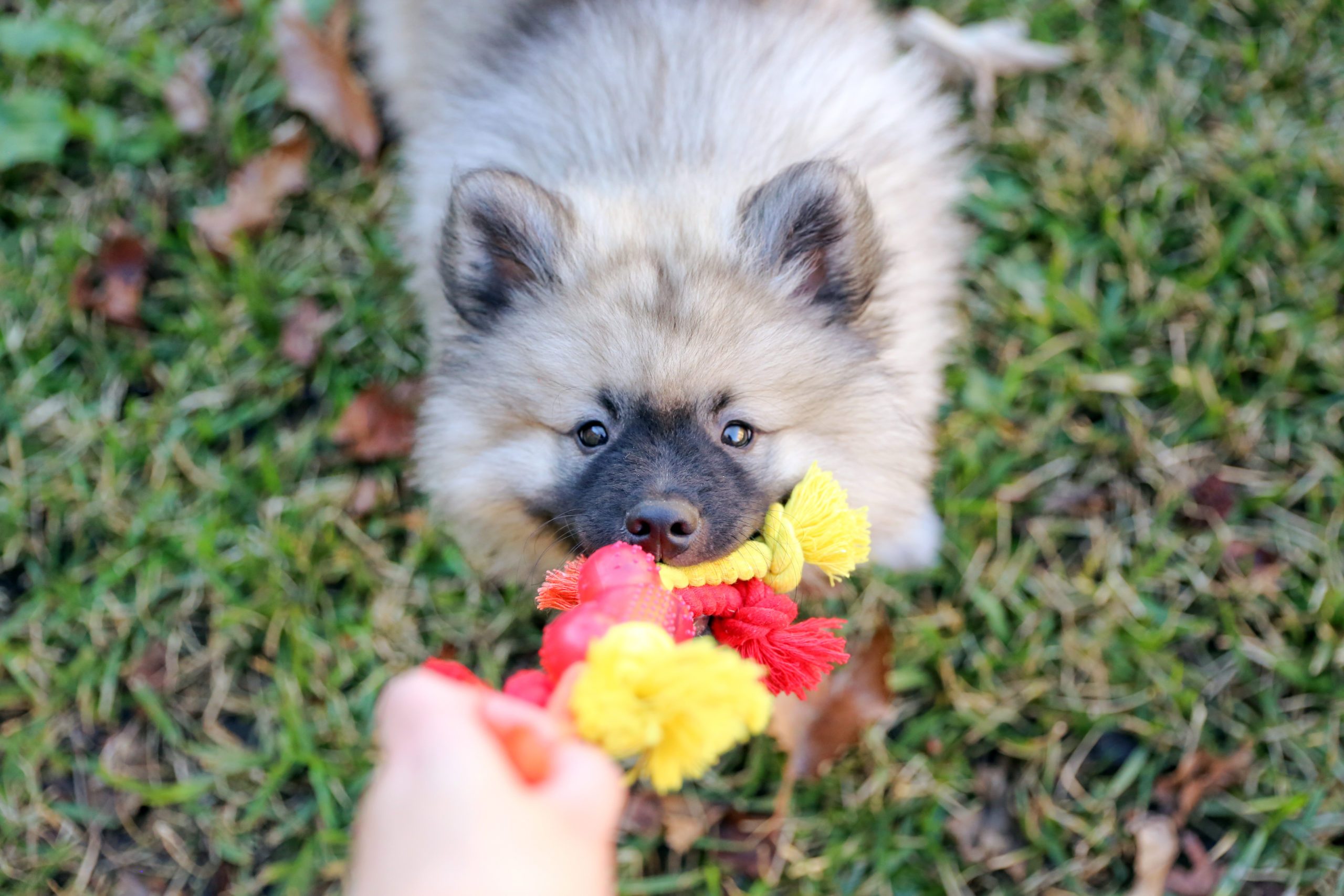
Being predictable with games
For many dogs, going outside to play means one thing: chasing the ball. But they like other games, too. One is tug-of-war. “Dogs love tug-of-war, and it has no connection to aggression, especially if you alternate who wins,” says Meaghan Ropski, DVM, veterinarian and clinical behavior resident with the Animal Behavior Wellness Center in Fairfax, Virginia. Games like tug also teach dogs a vital skill: impulse control. “If teeth or nails ever touch your skin, game over,” says Dr. Ropski. “They learn really quickly not to go too far.”
Phillips plays a training game called Automatic Check-In with her canine students that involves giving them a treat when they look at her without being asked. “The more your dog looks at you, the more you can ask him to do,” she explains. To really get your dog excited about learning, whip up a batch of these homemade dog treats.
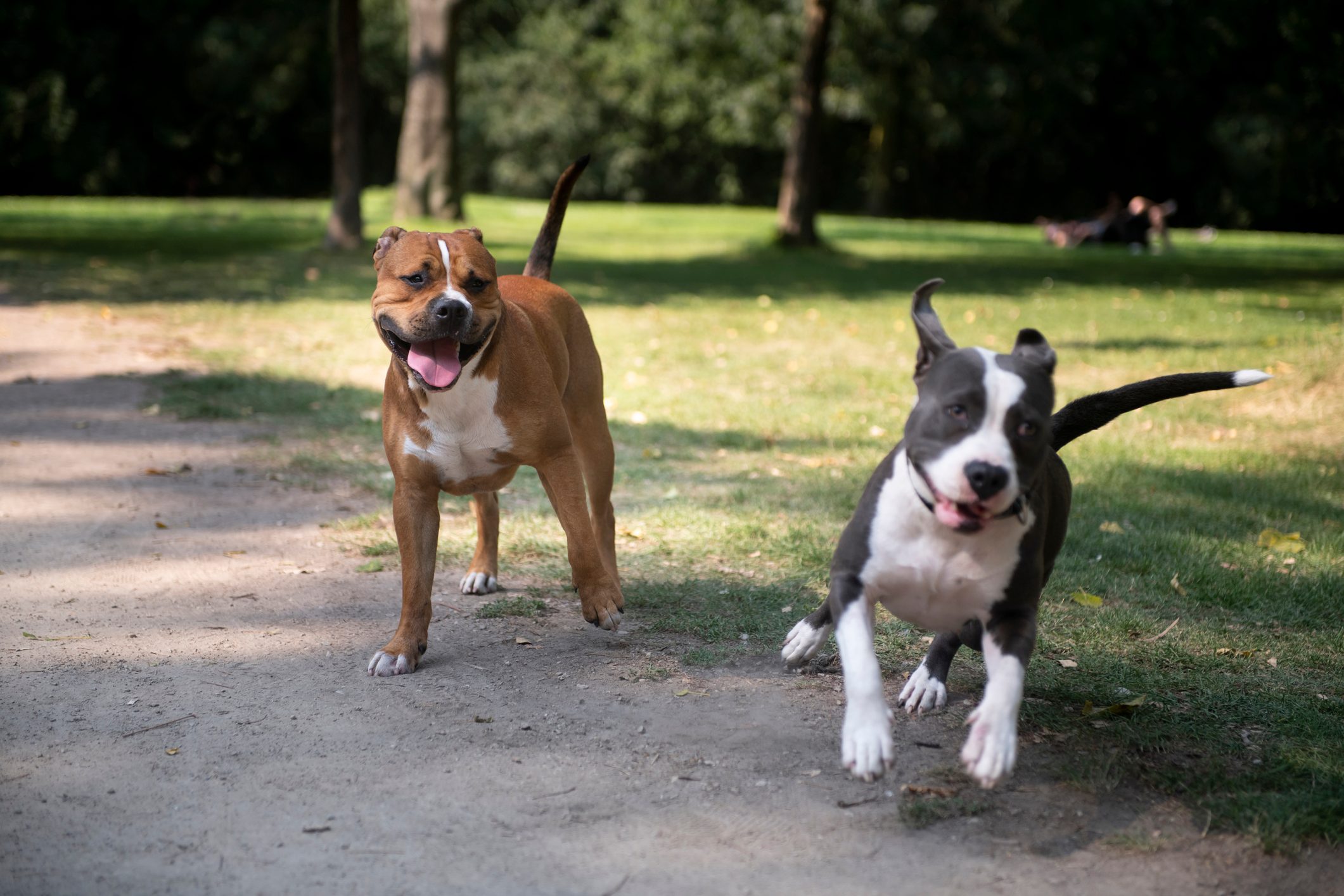
Forcing friendships with other dogs
While some dogs love to romp with the pack at the dog park, others are terrified. Your job is to help your dog find her happy place. “Not every dog is a social butterfly,” notes Dr. Ropski. “But there are different levels of confidence. Some dogs might do fine with one other dog but feel anxious in a group.” If that’s your dog, Dr. Ropski suggests creating a small pod of safe dog friends or keeping interactions to one dog at a time. “Whatever you do, don’t force your dog to stay in an uncomfortable situation,” she says. “Scared dogs can become aggressive.” If you’re not sure how to make your fur baby happy, it might be helpful to know these additional things we do that our dogs hate.
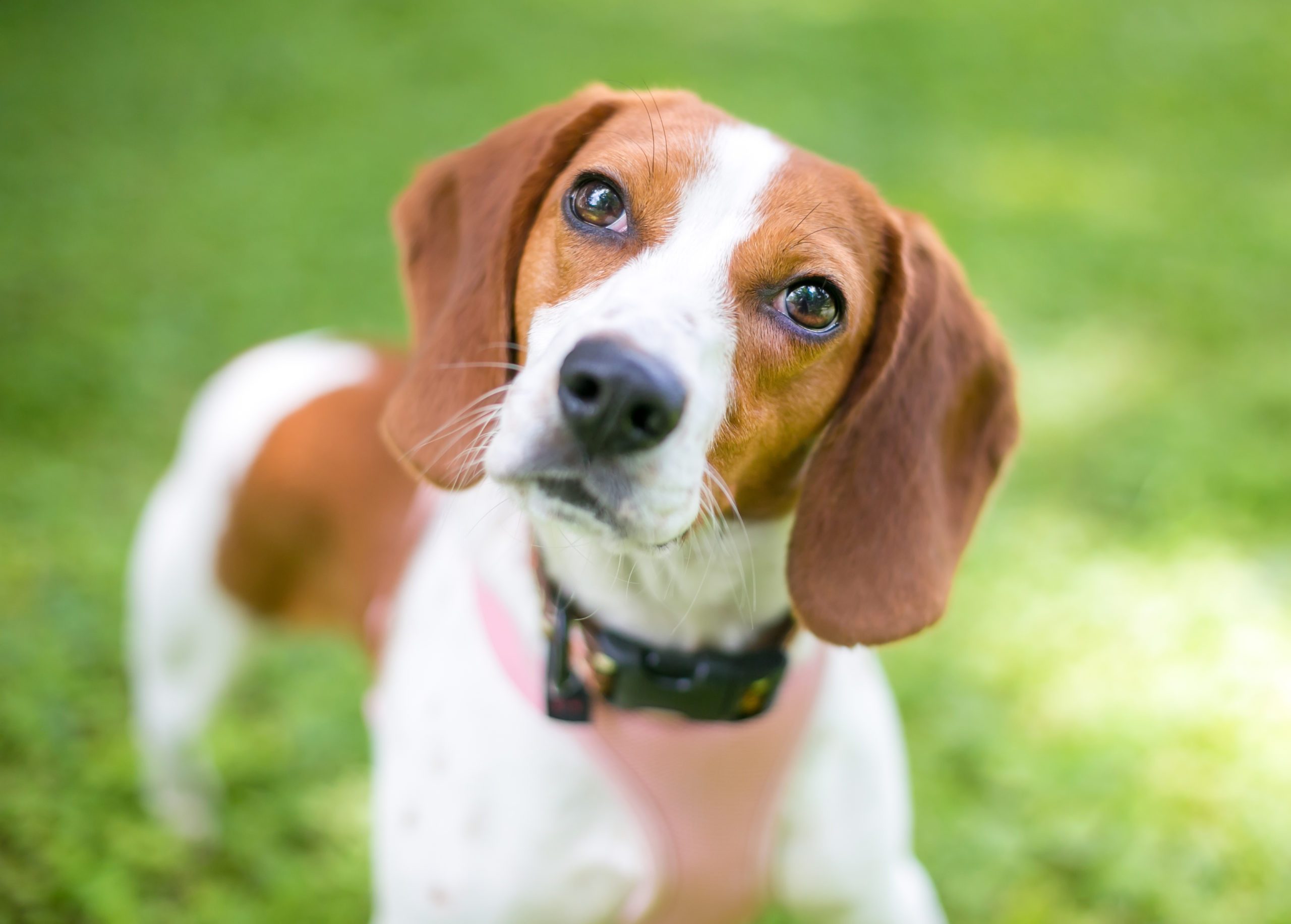
Changing the rules
If there’s one thing we know about dogs, it’s that they live to please their humans. So why won’t your dog listen to you? Chances are, you’re not being consistent. “Our animals appreciate consistency because it creates that vital association between a situation and how you want your dog to react,” explains Dr. Ropski. “Changing the word you use, such as down when you mean off, is confusing to your dog.” Dr. Ropski also suggests setting a daily schedule and trying to stick to it. “That way, your dog will not expect playtime while you’re trying to work.” Since pets thrive on routine, here are another 10 things you should make sure your dog does every day.
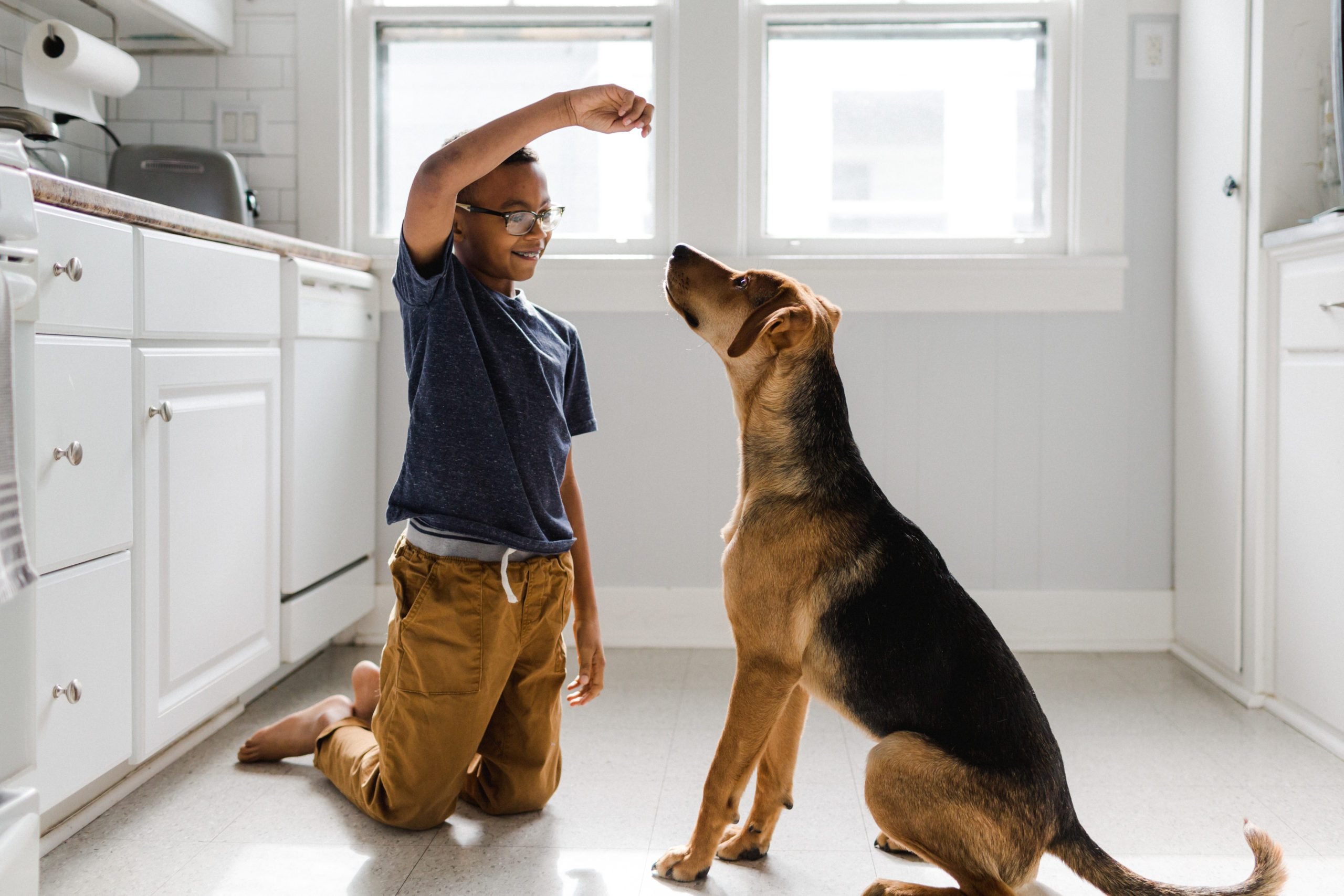
Only training at home
Anyone who has ever owned a dog knows the scenario: At home, your dog is a champ—sitting, staying, and coming when called. But once you enter a new environment, she seems to forget her name and everything else you’ve ever taught her. Phillips says that’s normal. “People will tend to practice at certain times and in certain areas, and this makes a dog very good in those areas at those times,” she explains. “You need to work toward your goal of, say, going to the store in small steps, such as working with her in the parking lot on a quiet day. If she does well, go to the next level. If she gets too excited and won’t listen, it just means you’re moving too fast. Keep working, giving treats for good behavior, and she’ll get there eventually.” These are the other behaviors that mean your dog might need obedience training.
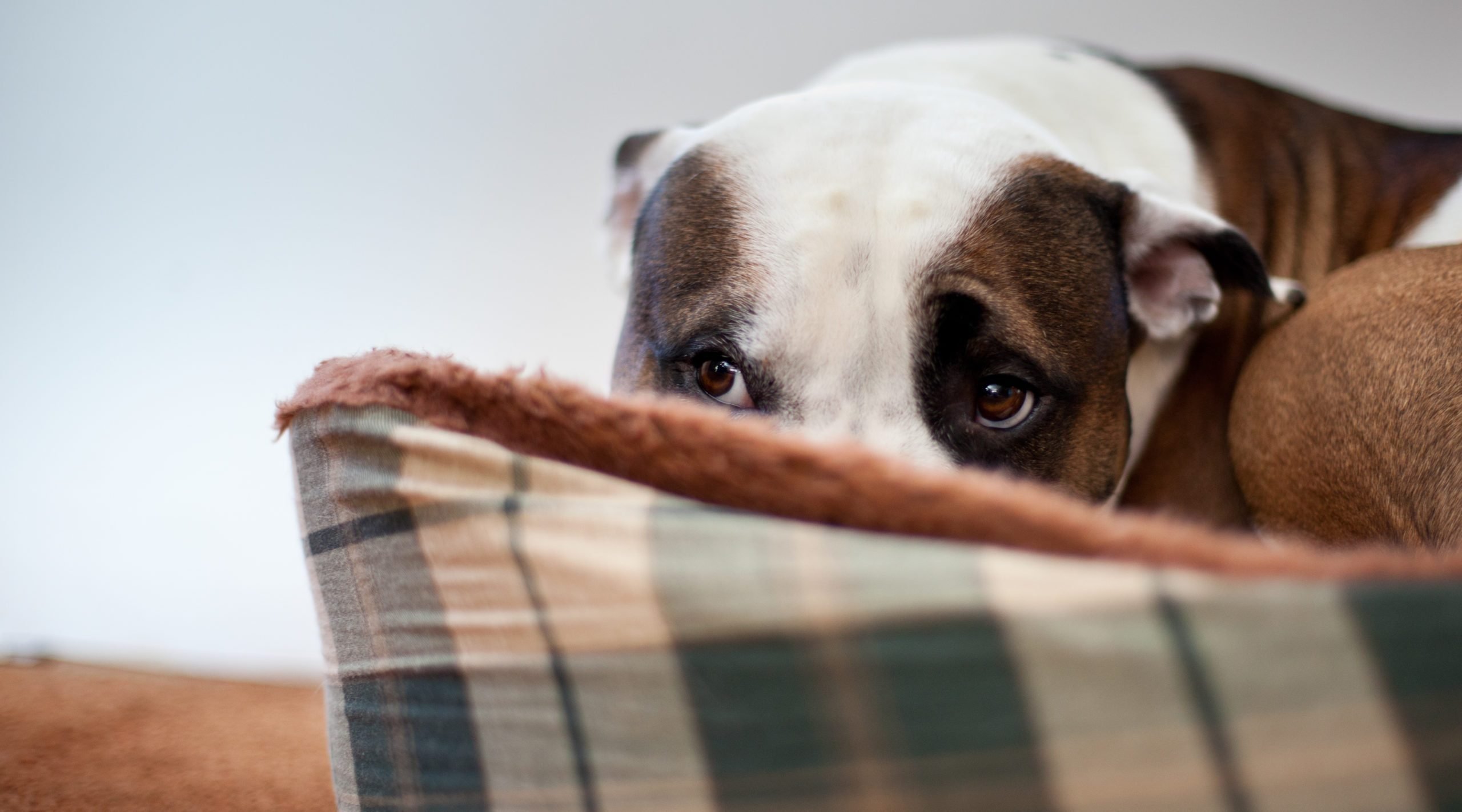
Not paying attention to body language
Dogs may not be able to speak, but that doesn’t mean they aren’t telling us what’s going on in their heads. “Dogs speak with their bodies,” says Dr. Brown. “Getting to know your dog and her unique language is vital to understanding her, advocating for her, and keeping her stress level low.” Although some behaviors, like leaning in for more attention, are pretty universal, dogs have very different ways of showing their anxiety, from freezing in place to an odd tail wag. “Keeping a close eye on how your dog responds to various situations will help you decipher her language and could help you head off a potential issue,” explains Dr. Brown. “Key areas to watch include your dog’s tail, eyes, ears, and posture.” FYI, these are the 8 signs your dog really trusts you.
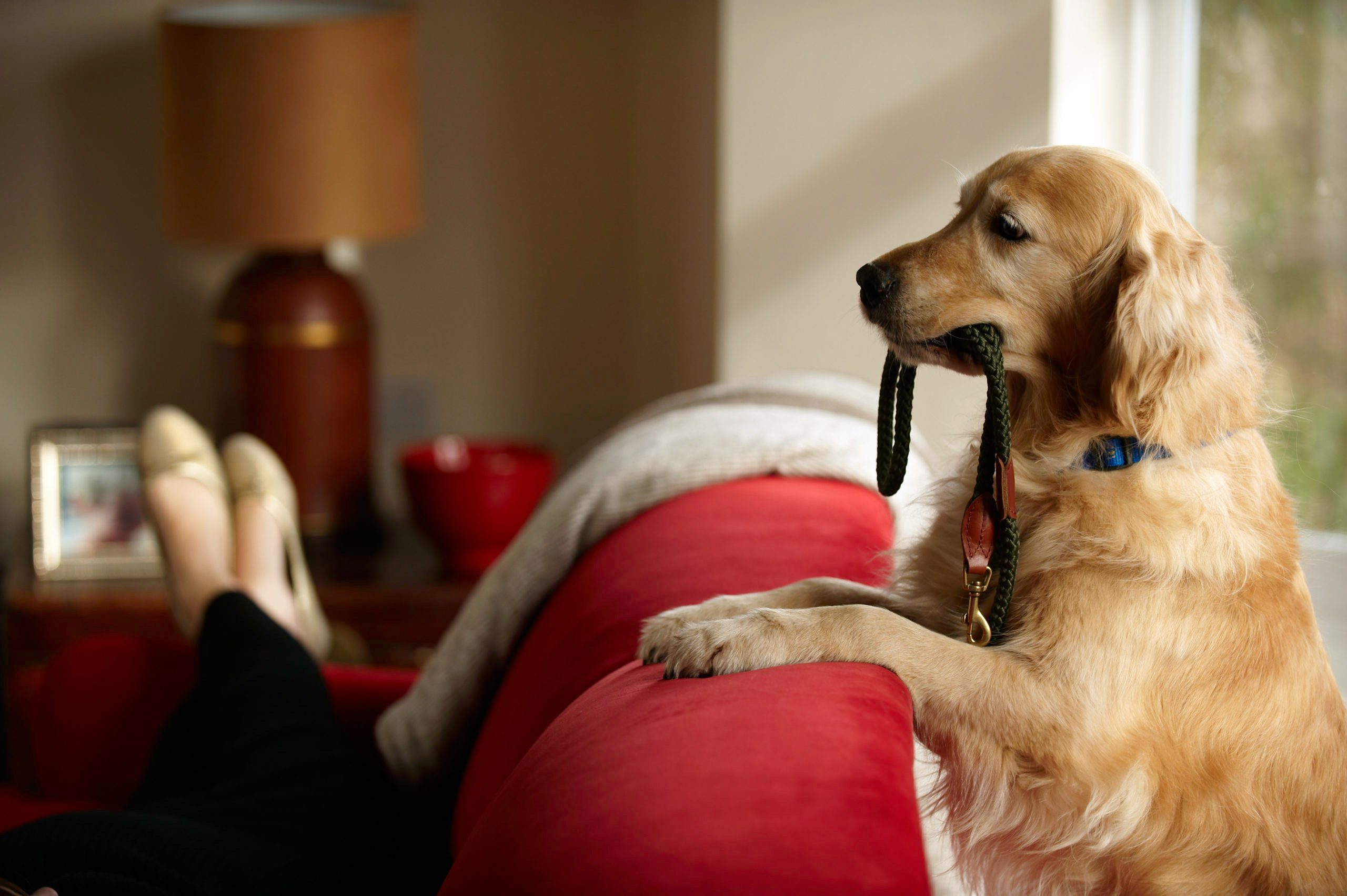
Ignoring her
Nobody has the time or energy to play with their dog every time she grabs a toy, but that doesn’t mean you shouldn’t carve out time every day for some one-on-one interaction. “Dogs are social and need more than food and shelter,” says Dr. Yarnell, who notes that new parents need to make an extra effort with their dogs when they bring their baby home from the hospital. “One day your dog feels like she’s part of the family, and the next that she’s been kicked out,” he explains. “It can be very painful and may cause her to act out.” Know these 15 signs your dog is secretly mad at you.
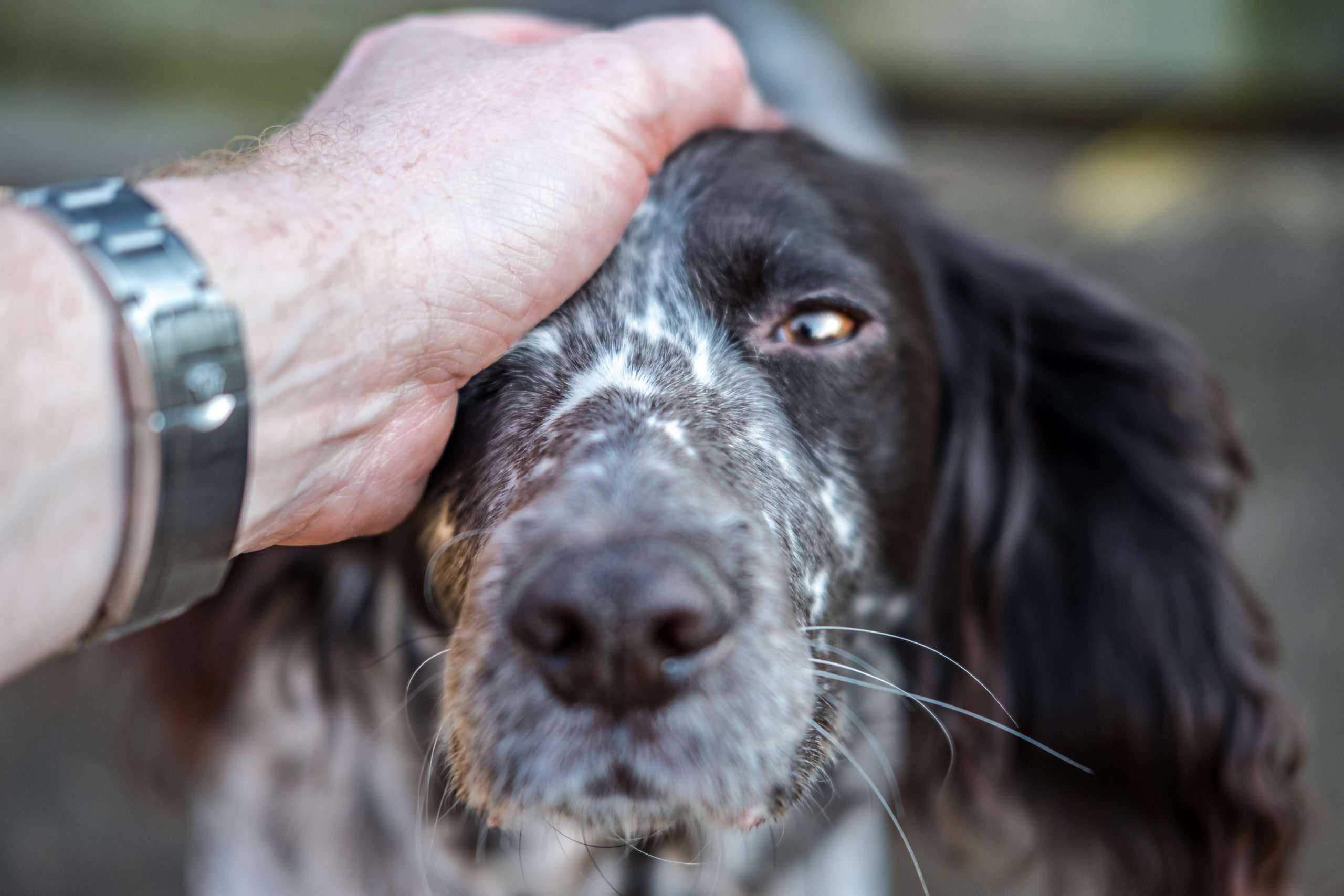
Patting her head
Like hugging, head pats are often interpreted by dogs as an attempt at dominance. “That downward gesture is really tough for a lot of dogs, especially if they’ve been abused,” says Dr. Warren. “Signs of being head shy include closing their eyes, ducking, or swaying away from your hand. If you see any of those behaviors, go for under the chest, then work your way up to scratch behind the ears.” If your dog uncharacteristically begins to exhibit signs of not wanting her head touched, Dr. Warren says to gently check her head and ears. “She may have developed an ear infection or have a toothache,” she notes. Here’s how else you can tell that your dog is in pain.
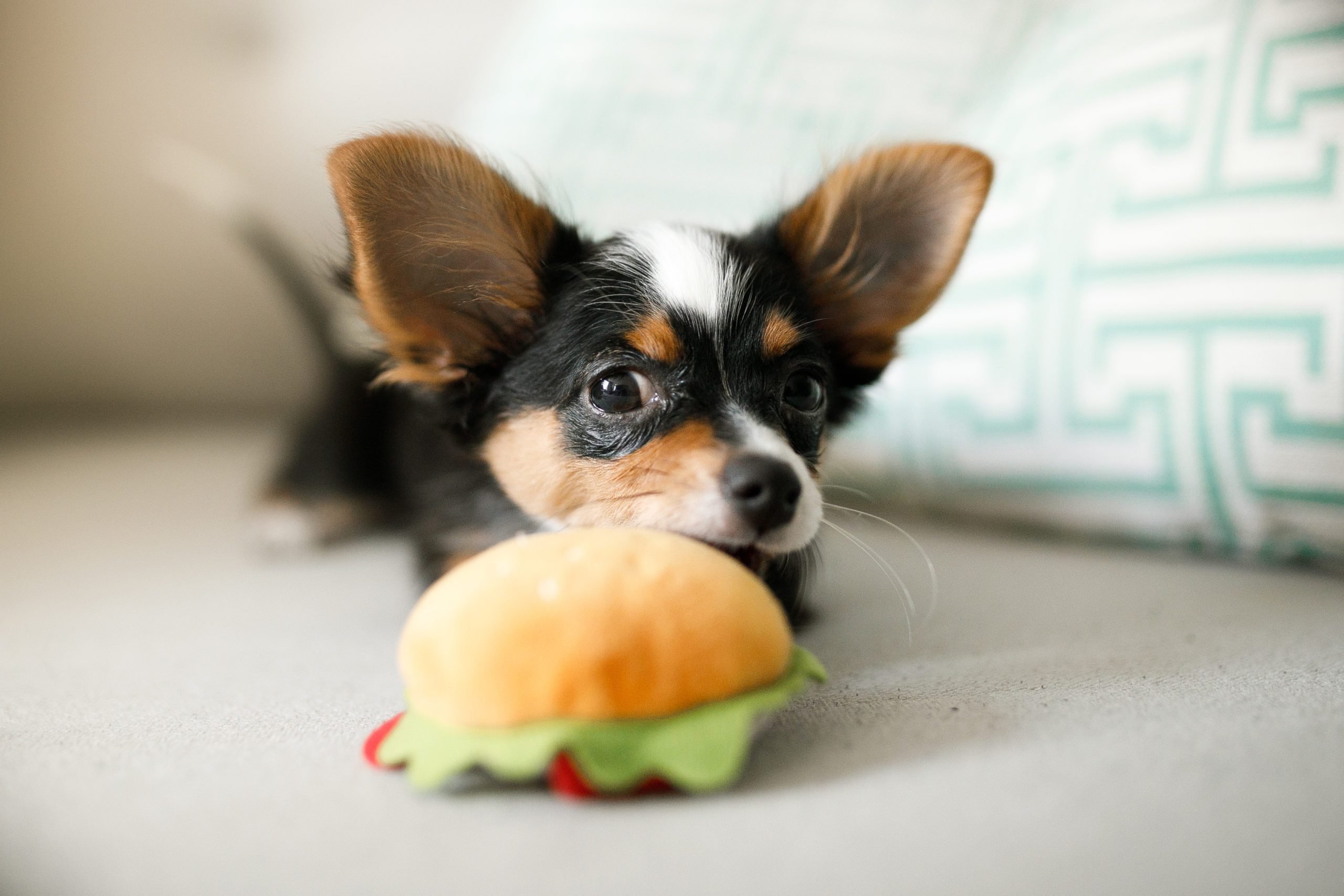
Skimping on chew toys
Left to their own devices, dogs can make seriously bad choices—table legs, shoes, throw pillows—when it comes to choosing what to chomp. But, sometimes, we’re at fault. One surprising no-no is tennis balls. “They’re great for tossing around, but allowing a dog to gnaw on a tennis ball for hours on end will eventually wear the enamel off her teeth,” says Dr. Brown. “The fuzz is like a Brillo pad. Depending on the size of your dog, use a racquetball or even a lacrosse ball.” Another no-go is anything hard or brittle. “A dog’s jaws are incredibly strong and can easily shatter cooked bones, antlers, and pigs ears,” she cautions. “The result can be broken teeth, cut gums, or a choking hazard.” If your dog loves to chew, try these virtually indestructible dog toys.
Sources:
- Leslie Brown, DVM, a veterinarian based in Marietta, Georgia
- Nori Warren, DVM, a veterinarian at Four Paws Animal Clinic
- Gary Yarnell, DVM, a veterinarian at Rye Harrison Veterinary Hospital
- Fred Zorn, a New Jersey-based dog trainer
- Melony Phillips, a certified professional dog trainer and the owner of Delightful Dog
- Meaghan Ropski, DVM, veterinarian and clinical behavior resident with the Animal Behavior Wellness Center
